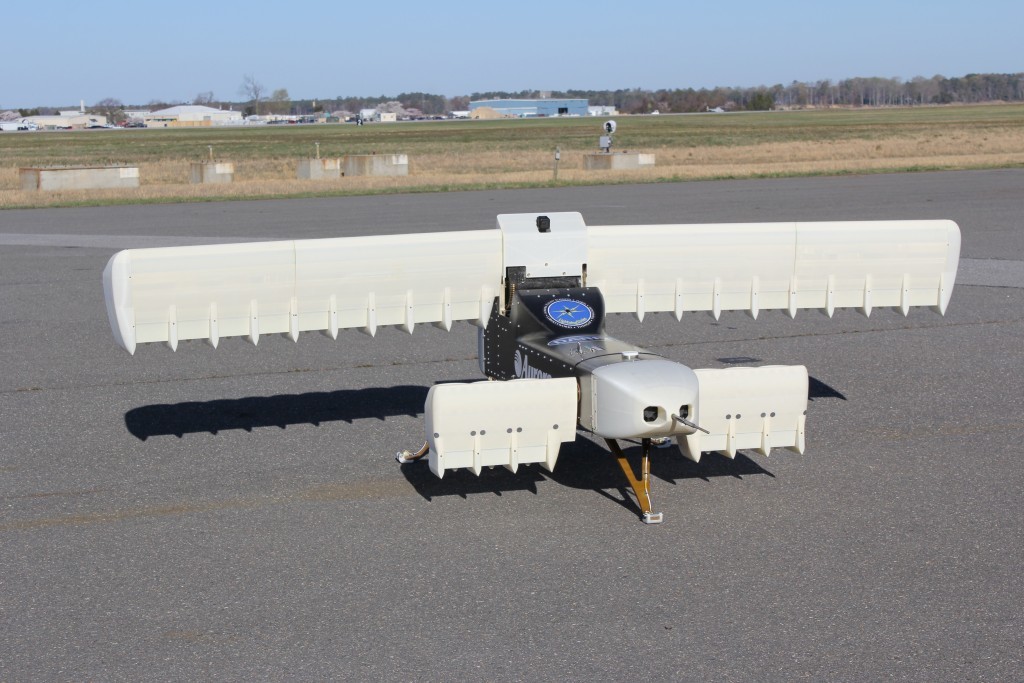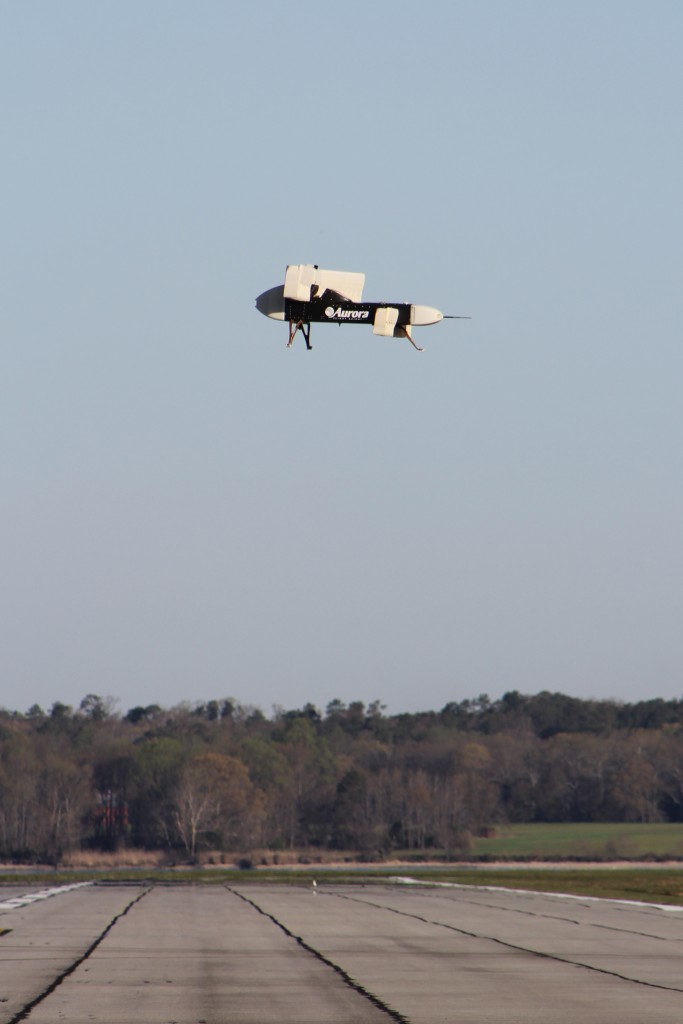DARPA has tested a drone with 24 impellers and vertical takeoff

In March of this year, DARPA announced the signing of a contract with Aurora Flight Sciences for the creation of a vertical take-off and landing aircraft (VTOL). The engineers were able to offer new technological elements that “promise tremendous opportunities for use in real aircraft,” the DARPA message said. What was meant was an unusual combination of a wing with 24 propellers (impellers), as well as the integration of innovative subsystems that dramatically improve vertical take-off and cruising speed.
And now the time has come for the first flight tests: the LightningStrike tilt- glider model at a scale of 1: 5 was tested at the aerodrome, checking the operation of the systems during vertical take-off and soaring ( press release ).
The model successfully coped with the task.
')

The lightningStrike unmanned tilt rotor has two large rear wings and a forward horizontal tail in an aerodynamic "duck" scheme. Gas turbine engine in convertible plans Bell V-22 Osprey , which are in service with the US Marine Corps and the US Navy. The engine is mounted on the fuselage and provides 4000 hp (3 MW) of power. 24 channel fans rotate from the engine: nine in the rear wings and three in the front. The half-planes of the front and rear wings rotate depending on the direction of flight. When taking off, they turn down the impellers, while cruising - back impellers.
The video shows a test flight, taken with video cameras from the side and from the side of the device.
According to the technical requirements, LightningStrike must have a constant maximum speed of 300 to 400 knots (556-741 km / h) and carry a payload of at least 40% of the estimated mass of the device (4500-5400 kg).
Next year, work will continue on the drone control system. A full-sized prototype will be tested for the first time in 2018.
Source: https://habr.com/ru/post/393229/
All Articles